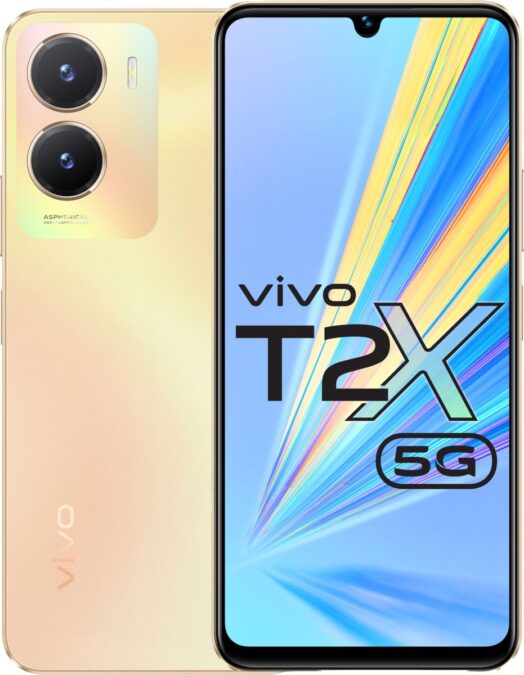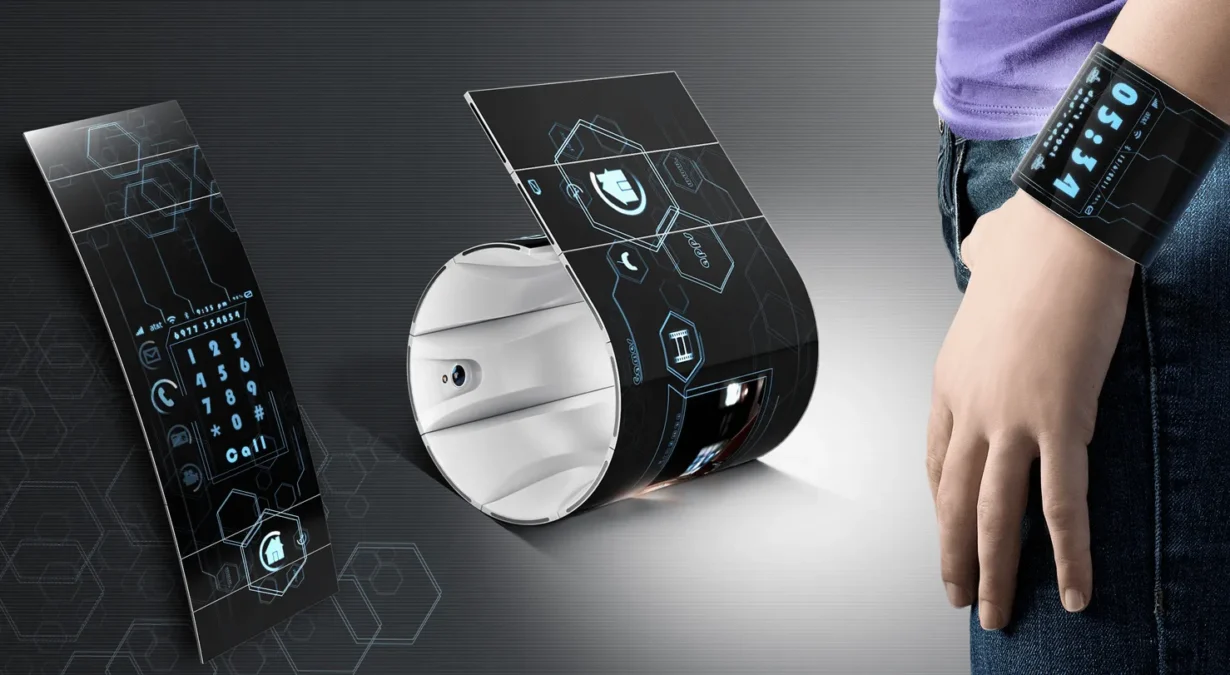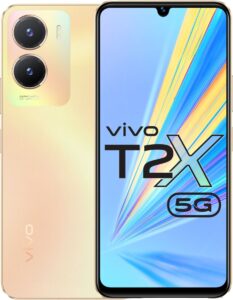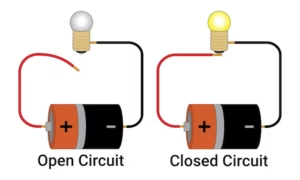Wearable technology is changing our way of being, integrating convenience, connectivity, and innovation all in devices that are strapped on the wrist or tucked into behind the ear.
What Is Wearable Technology?
Wearable technology describes clever electronic devices that you wear on your person and automatically integrate into your daily life. Think about those fitness trackers that keep tabs on your steps or, with a smartwatch, the rate at which your heart is beating as you answer a text. They tightly weave in function with portability-so indispensable in today’s connected age.
Also Read:
The Human Issue: How Corporations Can Forestall Cloud Disasters
History of Wearables
Wearable technology is indeed a story of uninterrupted innovation, which, from the humble pedometer, has evolved to become the AI-driven smart gadgets we see today.
From Pedometers to Smartwatches
Earlier, wearables were simple devices for any single task, such as counting steps. Companies like Fitbit then shifted the focus towards health and fitness tracking. Later, came an era of smart watches from tech giants Apple and Samsung that combined style with functionality.
Breakthrough in Smart Wearables
Advances in wearable technology, now with the inclusion of artificial intelligence (AI) and the Internet of Things (IoT), have made it possible to translate live interpretations in smart glasses and send irregular heartbeats detected by wearable ECG monitors straight to your doctor. These developments have catapulted wearables beyond simply accessories-they are now life-enhancing tools.
Applications of Wearable Technology

Wearable technology is no longer confined to fitness. Its applications stretch across many fields, each of which enhances human experiences in distinct ways.
Health and Fitness
The leaders in wearable technology for the health sector are fitness trackers and smartwatches, through which their owners can plan accordingly, based on data from such factors as the pulse and hours of sleep. The medical shoulder accessories include glucose monitors and blood pressure cuffs to mention but a few; coupled with chronical diseases, these wearables offer a real-time reading of the levels.
Work and Productivity
AR glasses in industry; smart earbuds that translate languages in real-time – wearables are transforming workplaces. These devices simplify some flows of work, improve communication, and enhance efficiency, often in remote or hazardous environments.
Entertainment and Gaming
VR headset and AR wearables are taking gaming and entertainment a new heights. Games that put a viewer into an environment have been popular, 3D movies also, and concerts too people want to remember.
Read More:
Ztec100.com Explained: Revolutionizing How Digital Content Is Managed
Benefits of Wearable Technology
The benefits of wearable tech are numerous. For people, such devices foster healthier lifestyles and improved productivity. For businesses, they result in efficient operations, cost-cutting, and new ways of dealing with customers. Wearables also contribute significantly to medicine, providing researchers with a wealth of health data.
Factors That Compel Future-Wearable Tech Resistance
Despite being on the rise at a very fast pace wearable technology does have its own set of issues.
Data Security
Wearable devices collecting sensitive personal data will raise great privacy concerns, thereby imposing another challenge. Strong data encryption and transparent user agreements must be put in place to establish credibility.
Cost vs. Accessibility
Cost remains a significant challenge to make wearable tech affordable without sacrificing quality. Low cost of manufacturing along with scalable solutions would make these devices more accessible to a larger customer base.
Forecasting the Future of Wearable Technology
The future of wearable technology holds much promise. Just imagine the possibility of smart fabrics automatically adjusting your temperature according to the environment you’re in or neural interfaces for control, where you can command devices with only your thoughts. The progress of AI, IoT, and edge computing will increase the runway for technologies in wearable tech to break new grounds and better our lives as we envision them today.



















